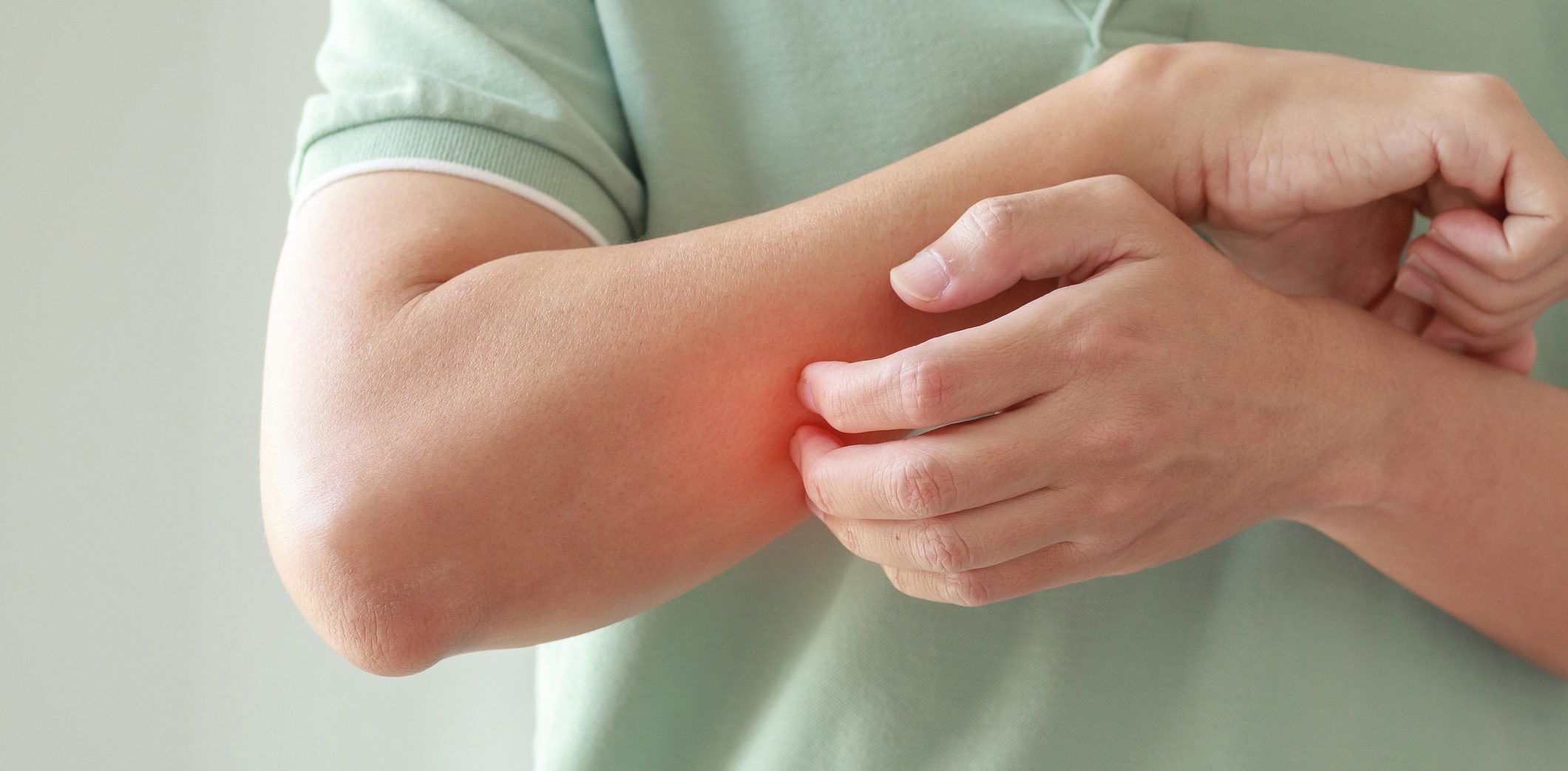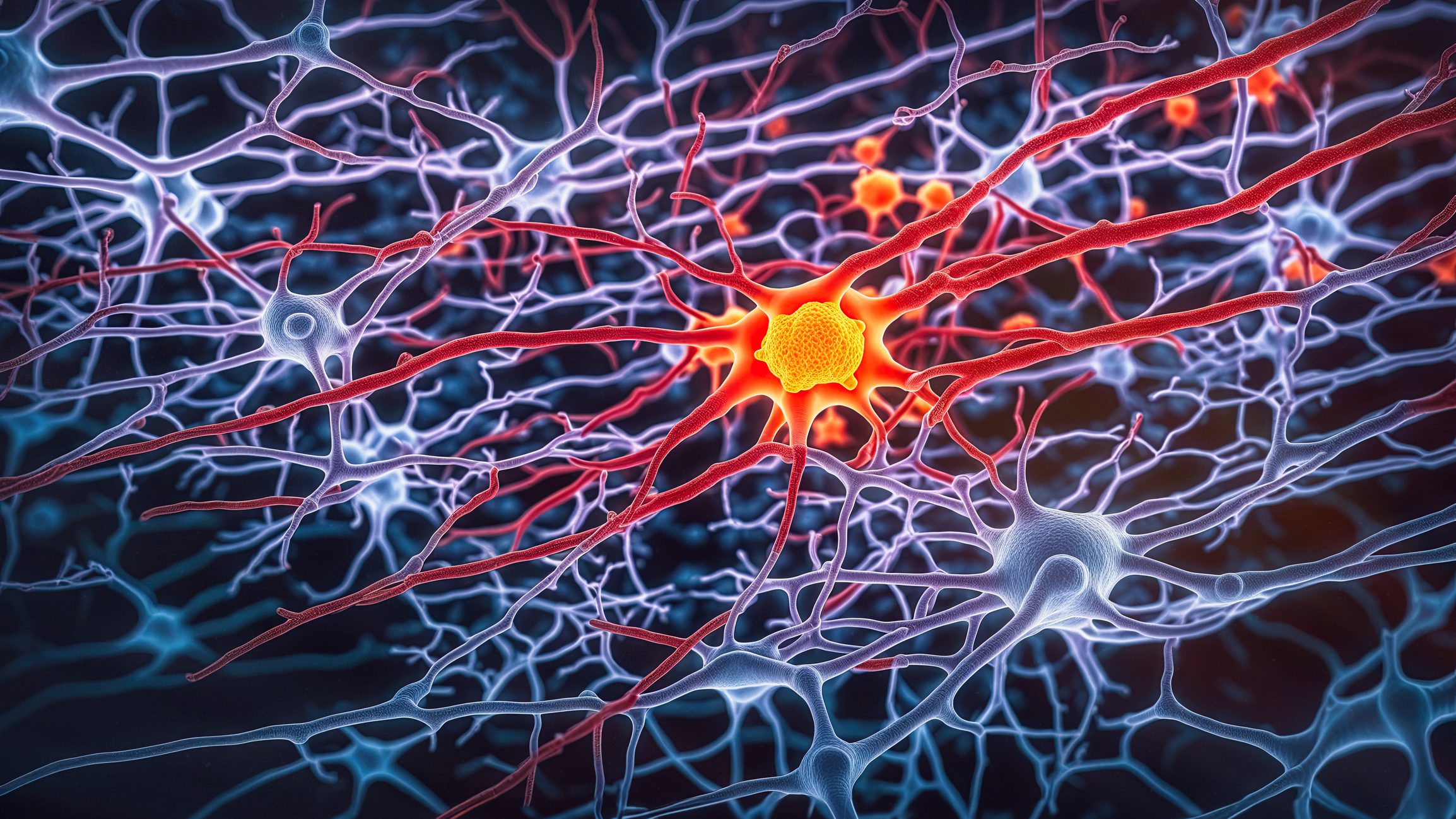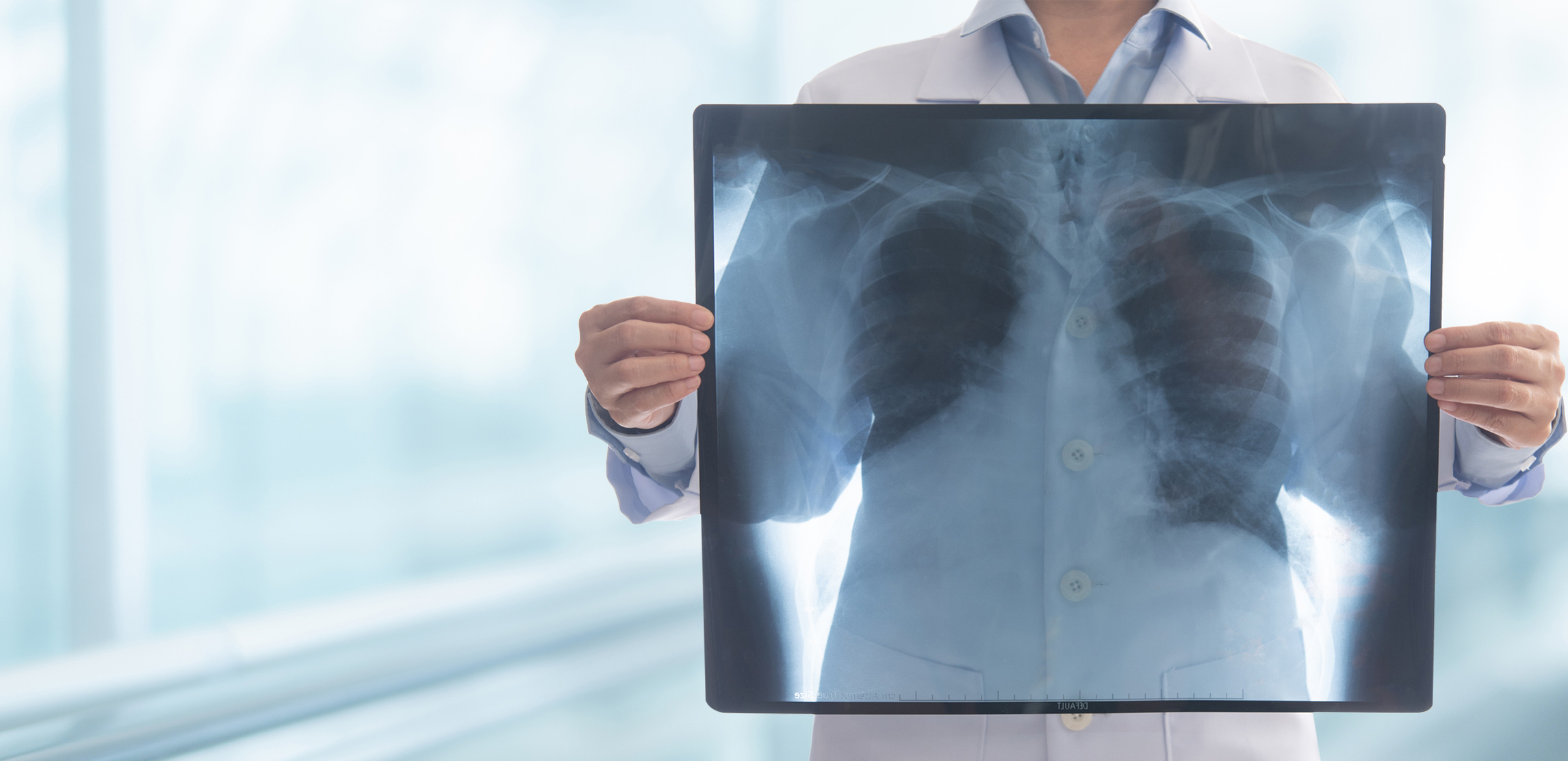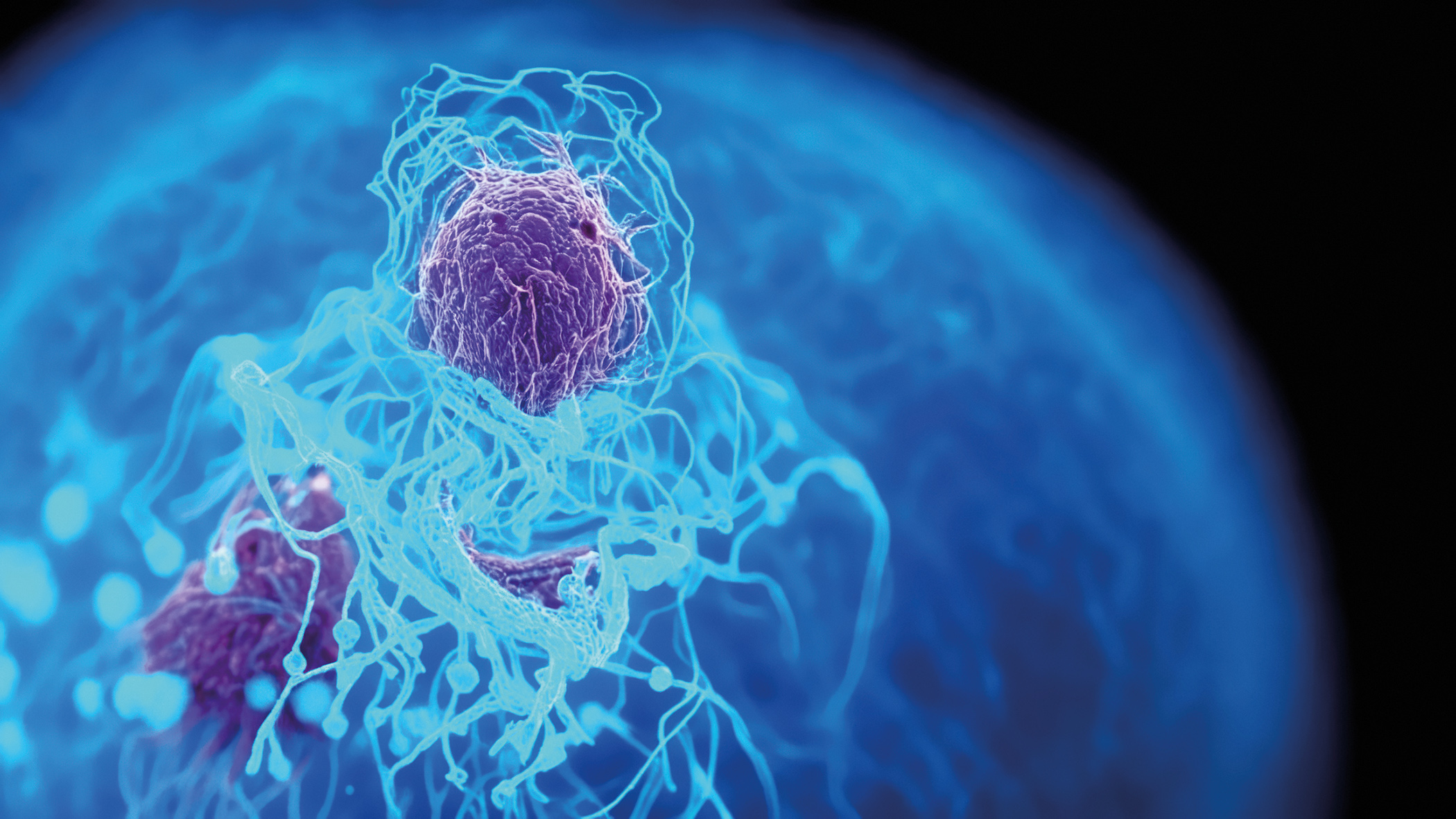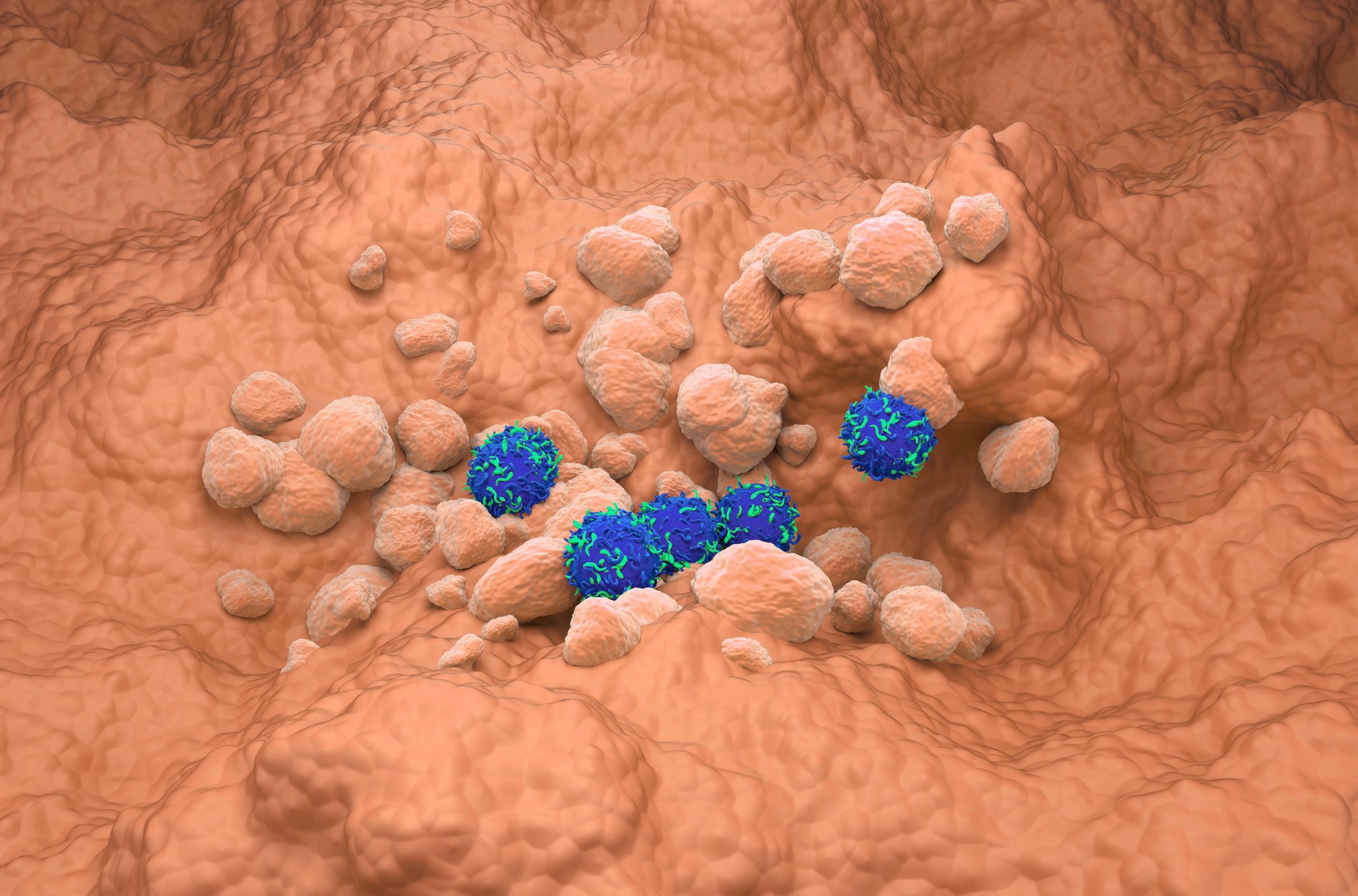Pustular forms of psoriasis are relatively rare. An IL-36RN mutation is more common in the generalized subtype (GPP) than in the palmoplantar-restricted subtype (PPP). Both disease entities can occur independently of psoriasis vulgaris. In contrast to GPP, PPP has an association with nicotine consumption. This and many other interesting facts about these autoinflammatory skin diseases were presented by Prof. Dr. med. Alexander Navarini, University Hospital Basel, on the occasion of the Swiss Derma Day.
Interest in pustular psoriasis has increased enormously in the last ten years, reported Prof. Navarini [1]. In 2017, ERASPEN (European Rare And Severe Psoriasis Expert Network) published a European consensus for the clinical criteria of pustular palmoplantar psoriasis (PPP) and generalized pustular psoriasis (GPP) [2]. Since then, intensive research has continued, resulting in the marketing authorization of a new biological active ingredient at GPP [3,4]. The approval of spesolimab (Spevigo®) was based on the Effisayil-1 study [4]. According to a study in which 863 patients with pustular forms of psoriasis were included, the average age at first manifestation of GPP was 31.0 ± 19.7 years, slightly lower than that of PPP (43.7 ± 14.4 years) [8].
Pustular palmoplantar psoriasis
According to ERASPEN, PPP is defined as primary persistent (>3 months) sterile, macroscopically visible epidermal pustules in the area of the palms of the hands and/or soles of the feet (Fig. 1) . In about 60% of patients, both hands and feet are affected and about 10% also have pustules in the nail region [1,5]. “In terms of symptoms, pain is the most important thing at first presentation, and around a fifth even have difficulty working with their hands and feet,” reported the speaker [1,5]. Arthralgias affect 13% of PPP patients and 15% show a coincidence with plaque psoriasis at [1,5]. Of these, around a quarter also have psoriatic arthritis (PsA). Prof. Navarini advises taking a complete psoriasis history [1].
The pustules occur transgredient or isolated in PPP, the distribution pattern is often bilateral and symmetrical. 40% of patients have recurrent relapses, 60% have a constant chronic course [1,5]. “There are different degrees of intensity,” explained the speaker [1]. As the disease progresses, the vesicles become larger and can confluent to form pus lakes (Fig. 2) . Initially the pustules are whitish, then yellowish over time and then brownish. “If a lake of pus forms that has filled the entire subcorneal stratum, this is restrictive in terms of elasticity, it tears and a fresh epidermis may emerge underneath,” explained Prof. Navarini [1]. Mutations are present in less than 5% of cases of PPP. Around three quarters of PPP sufferers are women and around 60% are active smokers. Stress, infection and certain medications (e.g. lithium, TNF-alpha inhibitors) are other trigger factors [6].
A distinction between PPP subtypes A (Andrews) and B (Barber) is the subject of controversial debate. The most important differential diagnoses of PPP are shown in Overview 1. In contrast to GPP, a therapeutic strategy directed against IL-36 has so far not proven to be a resounding success in PPP [1].
Pustular generalized psoriasis
Compared to PPP, GPP (Fig. 3) occurs less frequently. The primary sterile macroscopically visible non-follicular pustules usually manifest themselves on non-acral erythematous skin – with the exception of cases in which the pustule formation is limited to psoriatic plaques (“psoriasis cum pustulatione”). “The pustules are typically on the trunk, extremities and in the flexural folds,” explained Prof. Navarini [1]. In a subclassification, a distinction can be made between GPP with vs. without systemic inflammation and with vs. without psoriasis vulgaris. Approximately a quarter of GPP patients have a history of plaque psoriasis [1,7]. The clinical course of GPP is heterogeneous; a distinction is made between an intermittent form (>1 episode) and a persistent form [1]. GPP episodes typically occur abruptly and last approximately 10 days to 4 weeks. The severity of the symptoms can vary with each episode.
It is known from cohort studies that at least 50% of GPP patients have an IL-36RN mutation. This mutation is usually present in the 30% of patients in whom GPP occurs in the first year of life. The biologic spesolimab (Spevigo®) addresses the IL-36 signaling pathway [3]. In clinical approval studies, more than half of the patients showed a complete disappearance of all pustules within one week, explained Prof. Navarini [1,4].
Systemic inflammation is present in around three quarters of all GPP sufferers. Systemic inflammatory symptoms are fever (>38°C), malaise, leukocytosis, elevated C-reactive protein (CRP). In terms of organ involvement, the liver or kidneys can be involved, but the respiratory and cardiovascular systems can also be affected, which can lead to death, according to the speaker [1].
AGEP is the most important differential diagnosis to GPP [1]. This clinical picture is more common than GPP and requires a different treatment strategy. In addition to the other differential diagnoses shown in Overview 2, viral infections can also be associated with pustular manifestations.
As with PPP, there is a predominance of women in GPP, but this is less clear (approx. 55-67% women) [1,7]. There is no association with smoking; many patients have never smoked. In addition to an association with genetic factors, stress (65%), infection (53%), medication (28%) and pregnancy (<10%) are known trigger factors [1,7]. In addition to PPP and GPP, acrodermatitis continua suppurativa Hallopeau is also classified as a pustular form of psoriasis [2]. This is a rare, inflammatory, often chronic pustular skin and nail bed disease of the distal phalanges [1].
Literature:
- “Psoriasis pustulosa”, Prof. Dr. med. A. Navarini, Inflammatory dermatoses, Swiss Derma Day and STI reviews and updates, 11.01.2024.
- Navarini AA, et al: ERASPEN Network. European consensus statement on phenotypes of pustular psoriasis. JEADV 2017; 31(11): 1792-1799.
- Swissmedic: Medicinal product information, www.swissmedicinfo.ch,(last accessed 13.03.2024)
- Bachelez H, et al: Effisayil 1 Trial Investigators. Trial of Spesolimab for Generalized Pustular Psoriasis. N Engl J Med 2021; 385(26): 2431-2440.
- Noe MH, et al: Evaluation of a Case Series of Patients With Palmoplantar Pustulosis in the United States. JAMA Dermatol 2022; 158(1): 68-72.
- Genovese G, et al: Pustular Psoriasis: From Pathophysiology to Treatment. Biomedicines 2021; 9(12): 1746.
- Kharawala S, et al: The clinical, humanistic, and economic burden of generalized pustular psoriasis: a structured review. Expert Rev Clin Immunol 2020; 16(3): 239-252.
- Twelves S, et al: Clinical and genetic differences between pustular psoriasis subtypes. J Allergy Clin Immunol 2019; 143: 1021-1026.
DERMATOLOGIE PRAXIS 2024; 34(2): 32-33 (published on 26.4.24, ahead of print)










